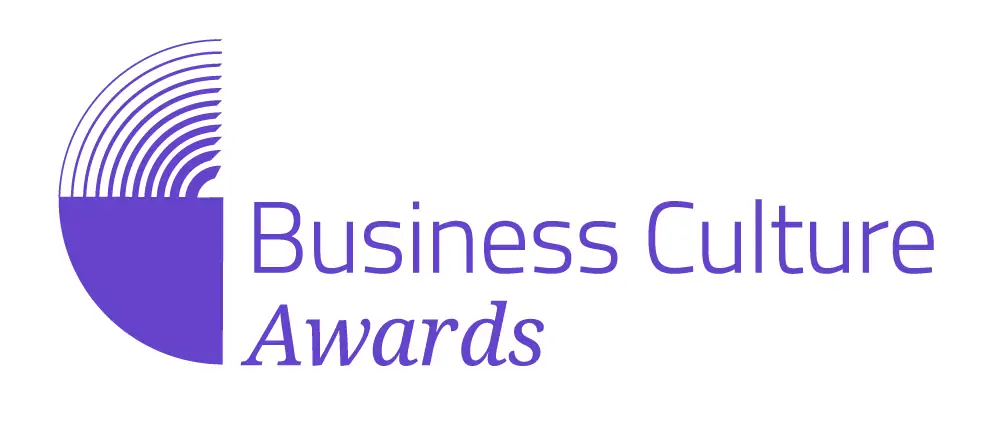Background
BMJ started life 180 years ago as a medical journal that is now a recognised values-driven global brand partnering with over 8000 medical organisations worldwide publishing over 70 medical and allied science journals. The organisation employs over 400 people internationally.
Whilst its vision of a healthier world has always been at the core, the incoming CEO (2020) saw an opportunity to enhance the reach and impact of the organisation by strengthening its performance. To achieve this, BMJ engaged culture and leadership consultancy Coode Associates to support them build a more performance-oriented business through a focus on culture; aligning leadership teams and organisations around the behaviours they need to execute their strategy.
Approach
Coode Associates took a pragmatic, leader-led approach to achieving successful change, focusing on Executive Team Alignment. To drive performance through a focus on culture, the elements of a Model for Organisational Alignment were worked through, including:
1) Understanding the existing culture:
All employees were invited to participate in Coode Associates’ Culture15 survey, a quantitative measurement tool that assesses organisational culture against 15 core behaviours and supplemented it with mixed focus groups and interviews.
2) Setting a clear Purpose & Direction:
Having understood the existing culture, the Executive Team was taken through a process to articulate the required future culture at BMJ, in the context of its strategic aspirations and focusing on Culture15 behaviours that would support greater performance-orientation. These were used to articulate the desired culture, which was then tested with employees.
3) Aligning the Executive Team:
An understanding of the existing and desired culture facilitated a measurement of the culture gap which needed to be closed, leading to 9 months’ work with the Executive Team to improve their team effectiveness, shifting mindsets and behaviours, and building role modelling of desired new behaviours.
4) Engaging the wider leadership population:
The wider leadership population, known as the Strategic Leadership Team (SLT) was enrolled to a tailored change programme to equip leaders to lead the change ahead. Once clear leadership expectations were set, the SLT participated in module-based development sessions focused on behaviours to 1) be at their best as leaders, 2) get the best out of others, and 3) lead change in the organisation. The final session brought the SLT together with the Exec to align their expectations of each other and to identify process changes to support the transformation, such as performance management and recruitment.
Outcome
The Culture15 survey provided a full report for the Executive Team with a holistic understanding of the existing culture and barriers to performance.
The survey enabled the Executive Team to pinpoint performance-oriented behaviours needed to deliver their strategy: challenge, accountability, decisiveness, ambition, and action orientation. The result was expressed as an appetite for PACE – a culture that was Purposeful, Ambitious, Collaborative and Energetic. The needed behaviours were turned into a target culture statement used to engage audiences around the change.
The results of an Effectiveness Survey were used to highlight improvements in Executive Team effectiveness. This included clarity of expectations, modelling new behaviours and in ‘how’ work is achieved, as well as ‘what’. Meeting structures were improved with clear and effective decision-making mechanisms. Constructive challenge and team success being valued improved mutual support. There was also a rise in the team’s understanding of what the role of energy is in leadership effectiveness. Listening and mutual respect enhanced openness and accountability.
The SLT leaders talked of the clarity they had gained through the process; how it felt different to previous attempts to shift the culture (“there’s a proper process behind it which gives you confidence”) and the appetite to own the next stages of the change journey. Engaging with the SLT in this way enabled a more effective relationship with the Executive Team and clear expectations to be set for the future.
The Exec Team and SLT are now taking the change into the organisation, both in their capacity as role models, but also to implement and continue to source ideas for improvement.
CEO of BMJ, Chris Jones, commented: “To drive performance, you must first address the culture – how you then align your leadership around that direction is critical. That thinking is central to the way that Coode operates and the results we are seeing are testament to its impact. The use of Culture15 to evidence the shape of the culture at BMJ was hugely powerful for me as the new CEO; it accelerated my understanding of the business, and held up the mirror in a non-judgmental way, enabling us to take informed decisions as an Executive Team about the culture we needed to support strategic execution at a time of structural change in our markets, and the next steps to take.
I’d also highlight the leadership alignment process we went through as a critical enabler. It was important for us to shift away from operating in silos, to working with greater collective endeavour; the work was therefore specifically team-oriented, but also provided the team opportunities to progress their individual development.
Since we started working with Coode, not only is business performance accelerating with above market growth but we’re also seeing increases in our rates of product development and innovation. We’re now visibly more ambitious and collaborative, and better able to acknowledge what still needs to change to deliver against our purpose and strategic agenda.”
Read other Business Culture Transformation case studies here.

